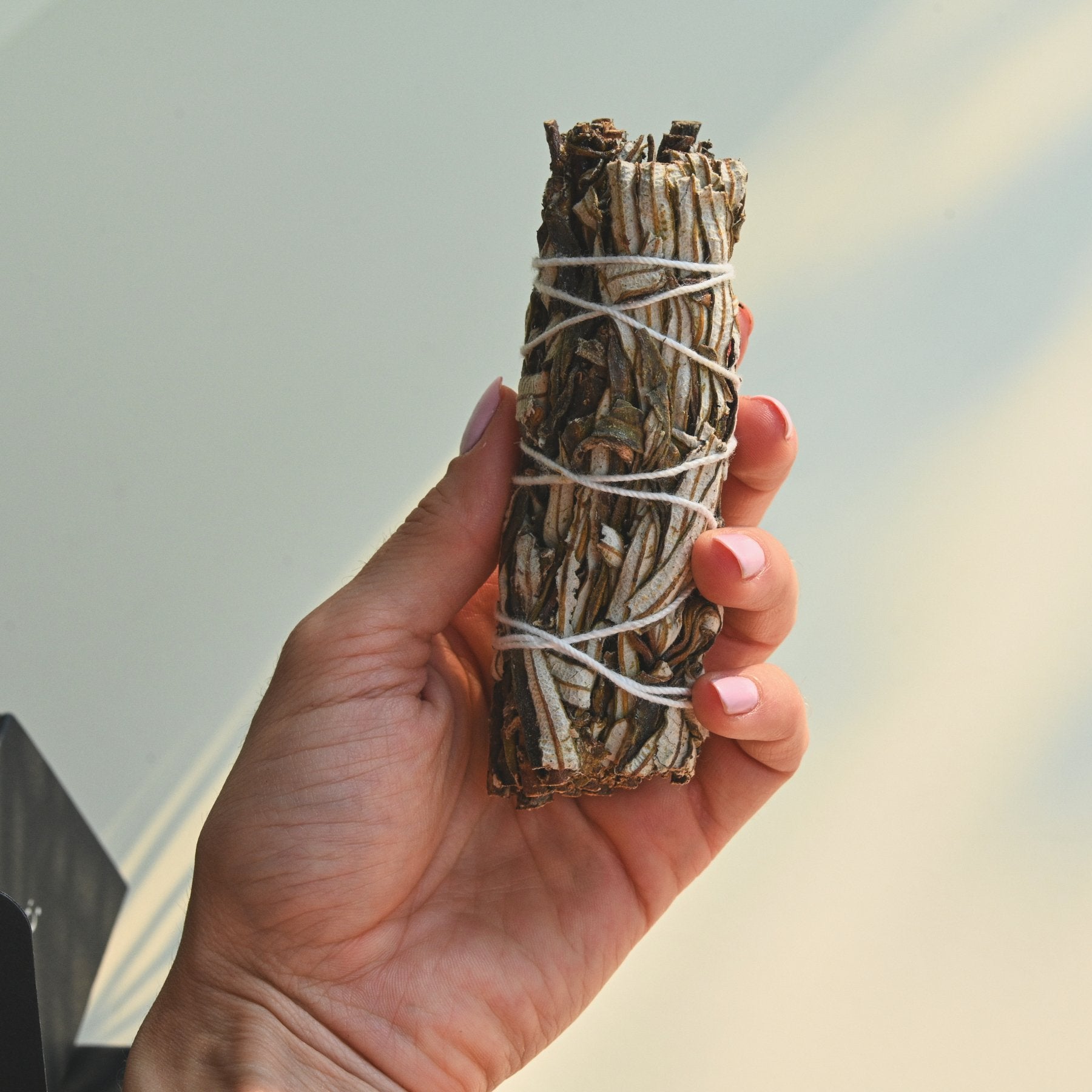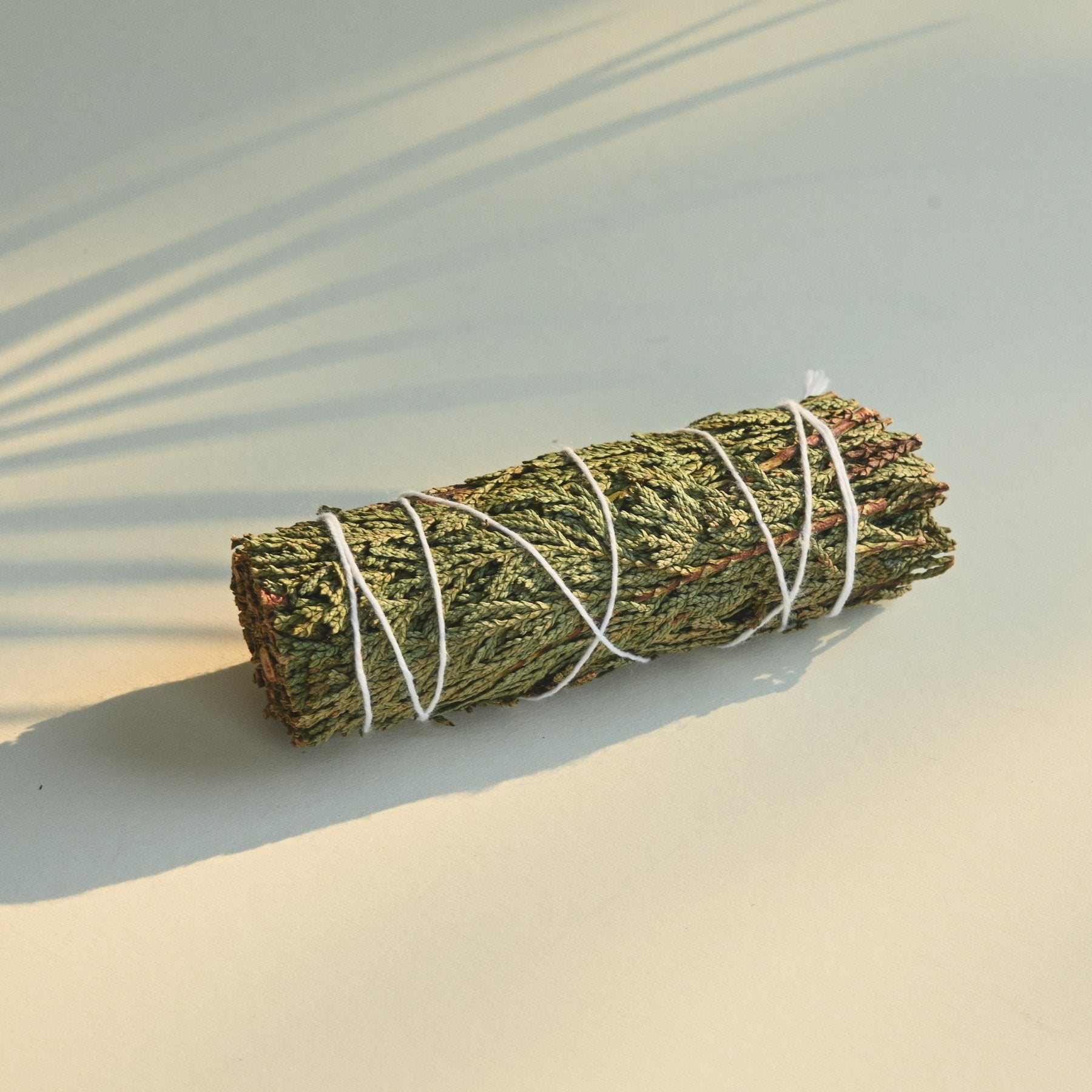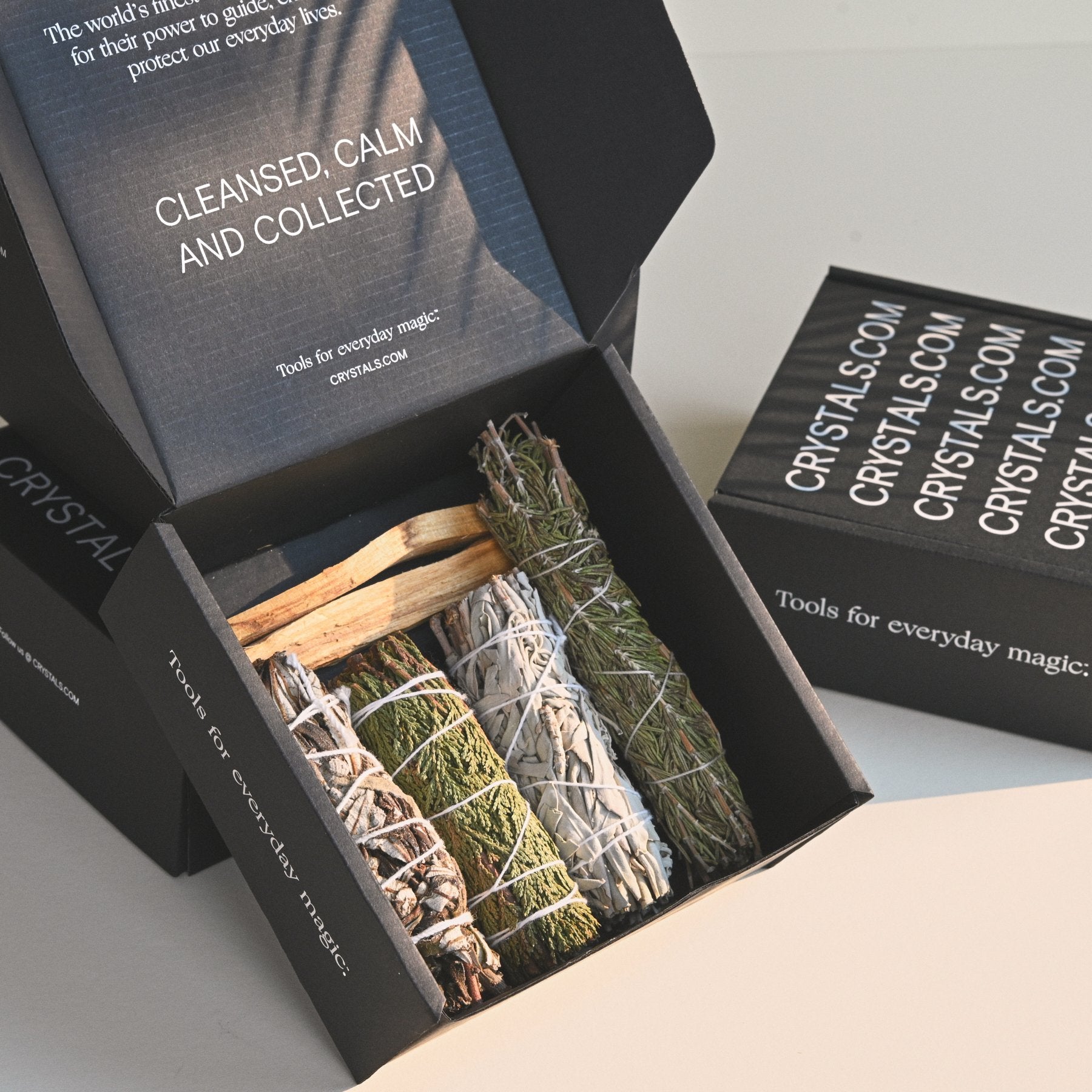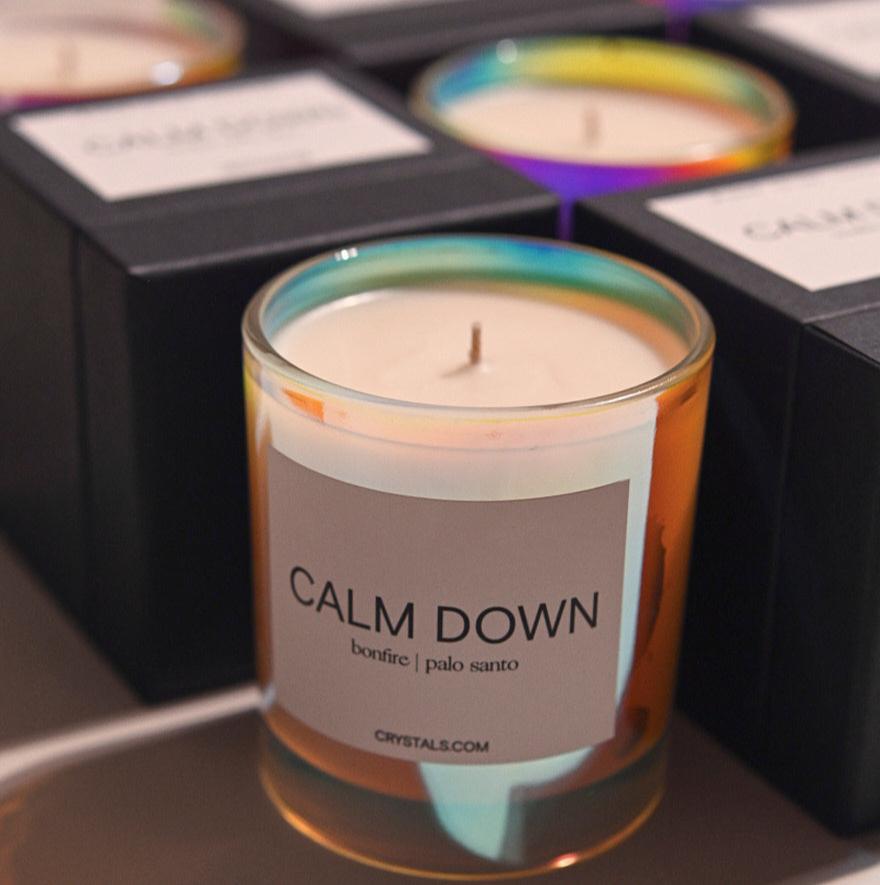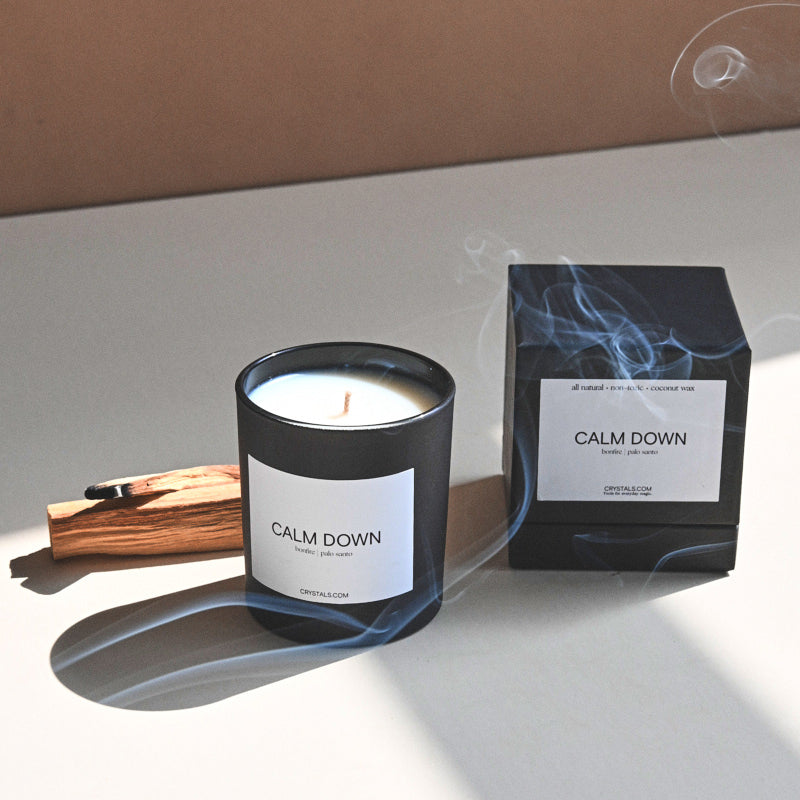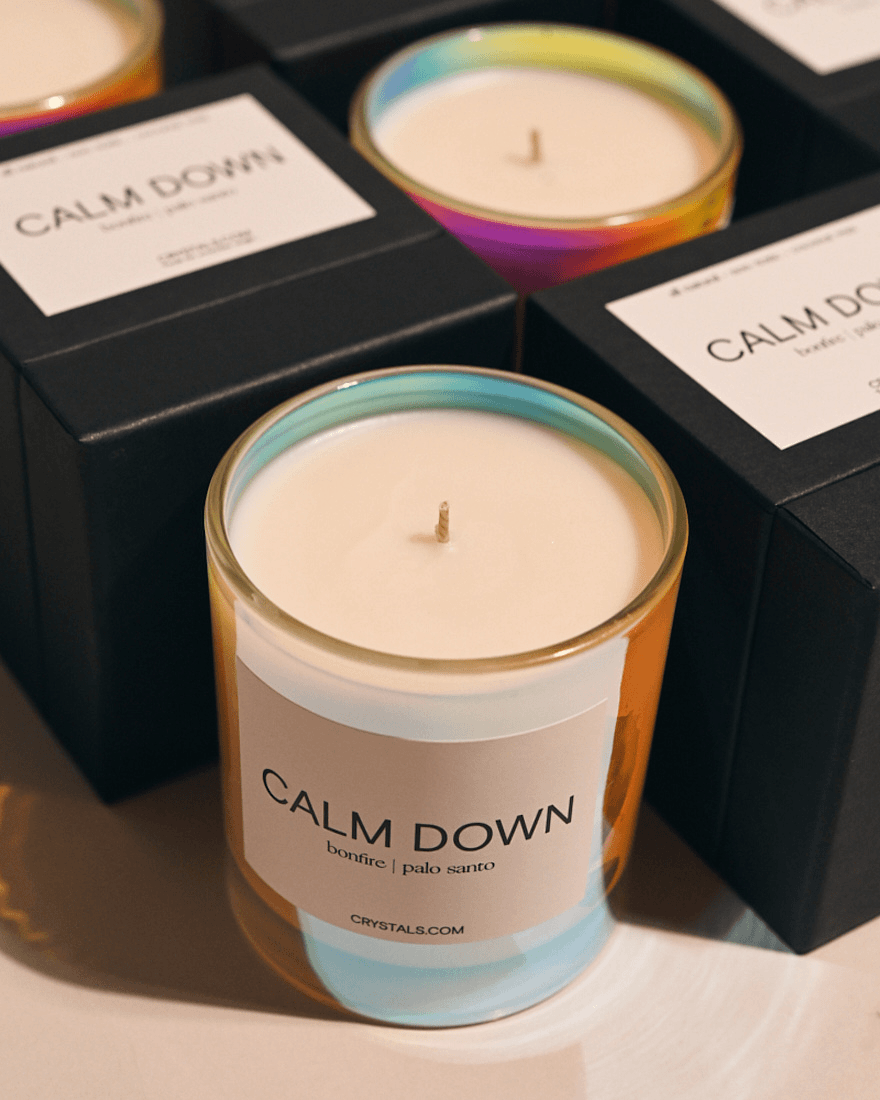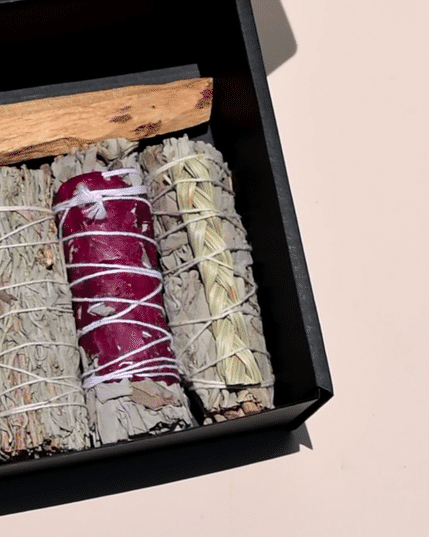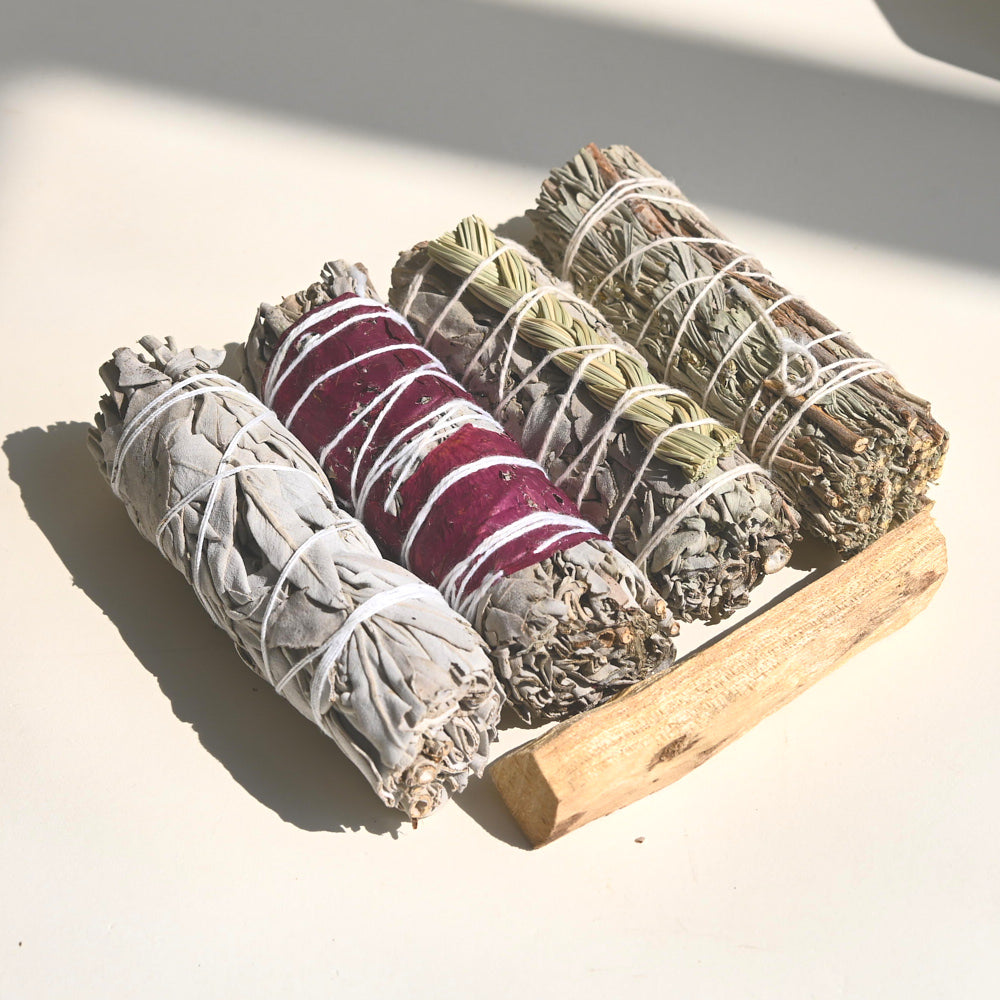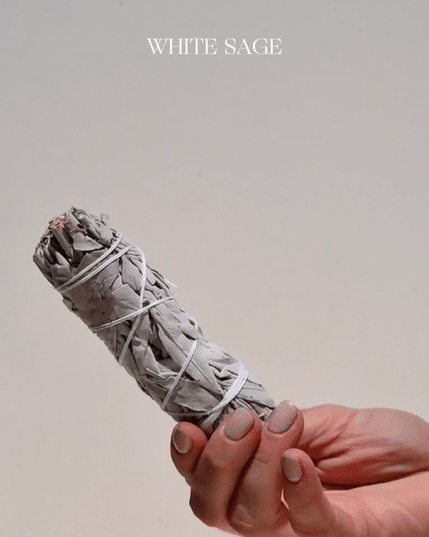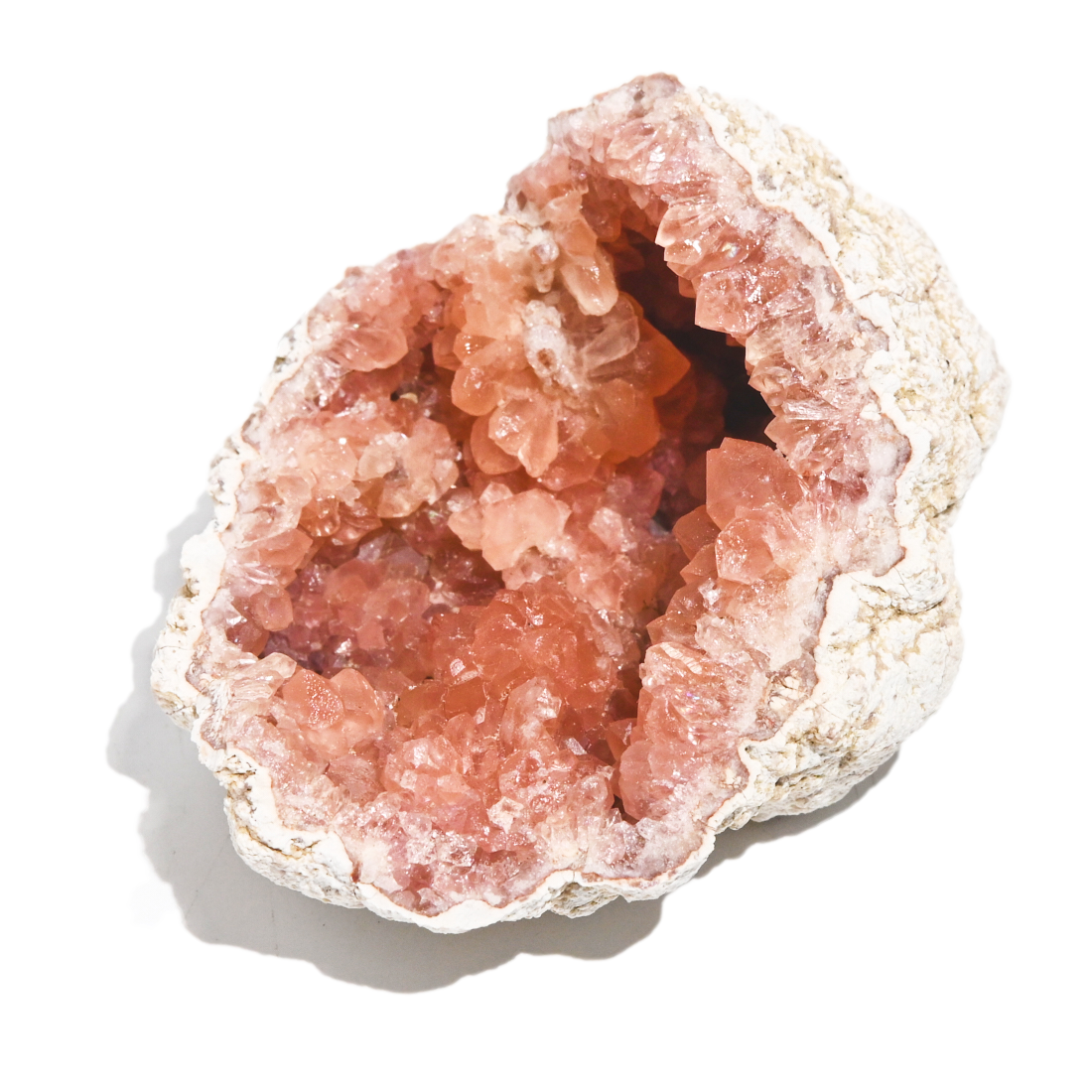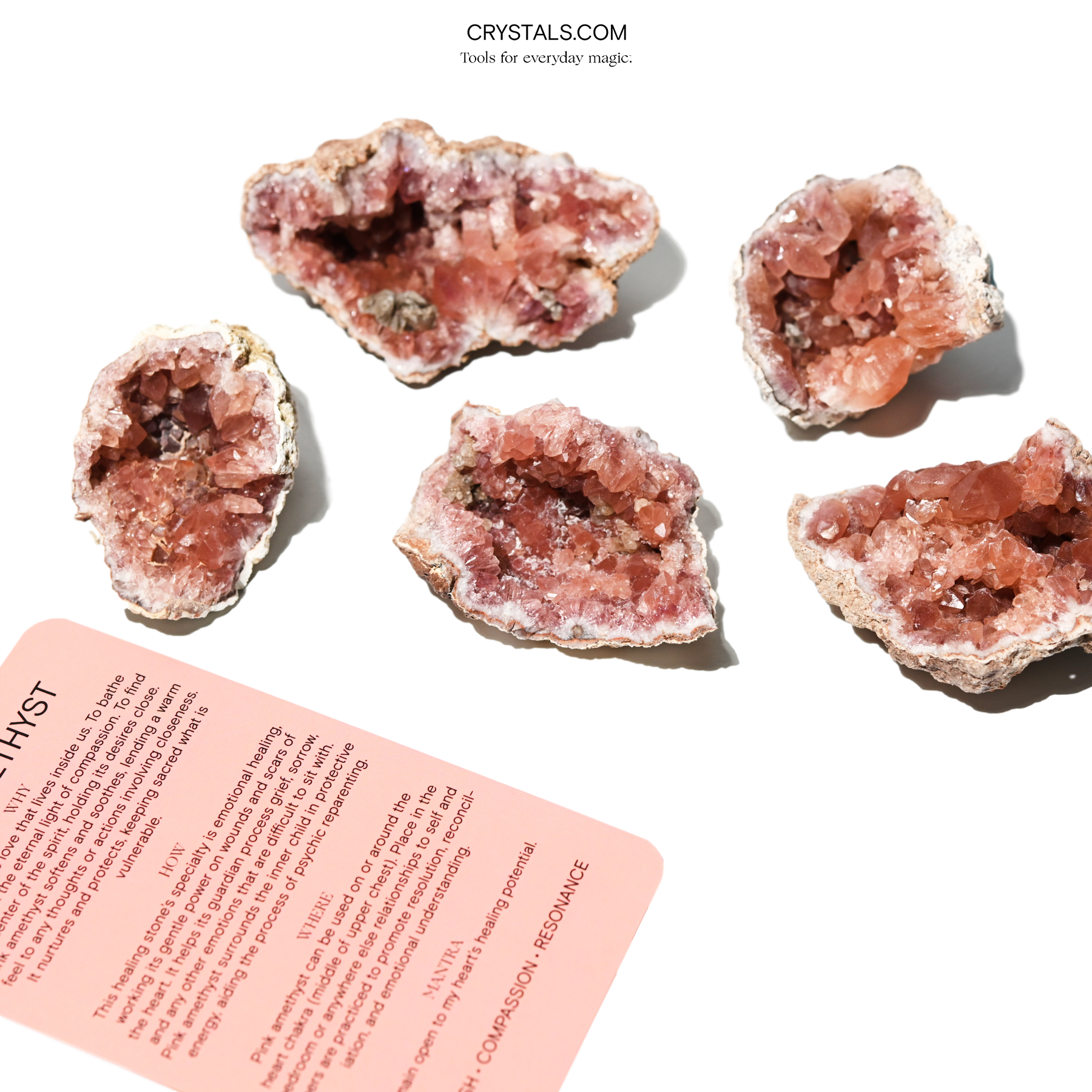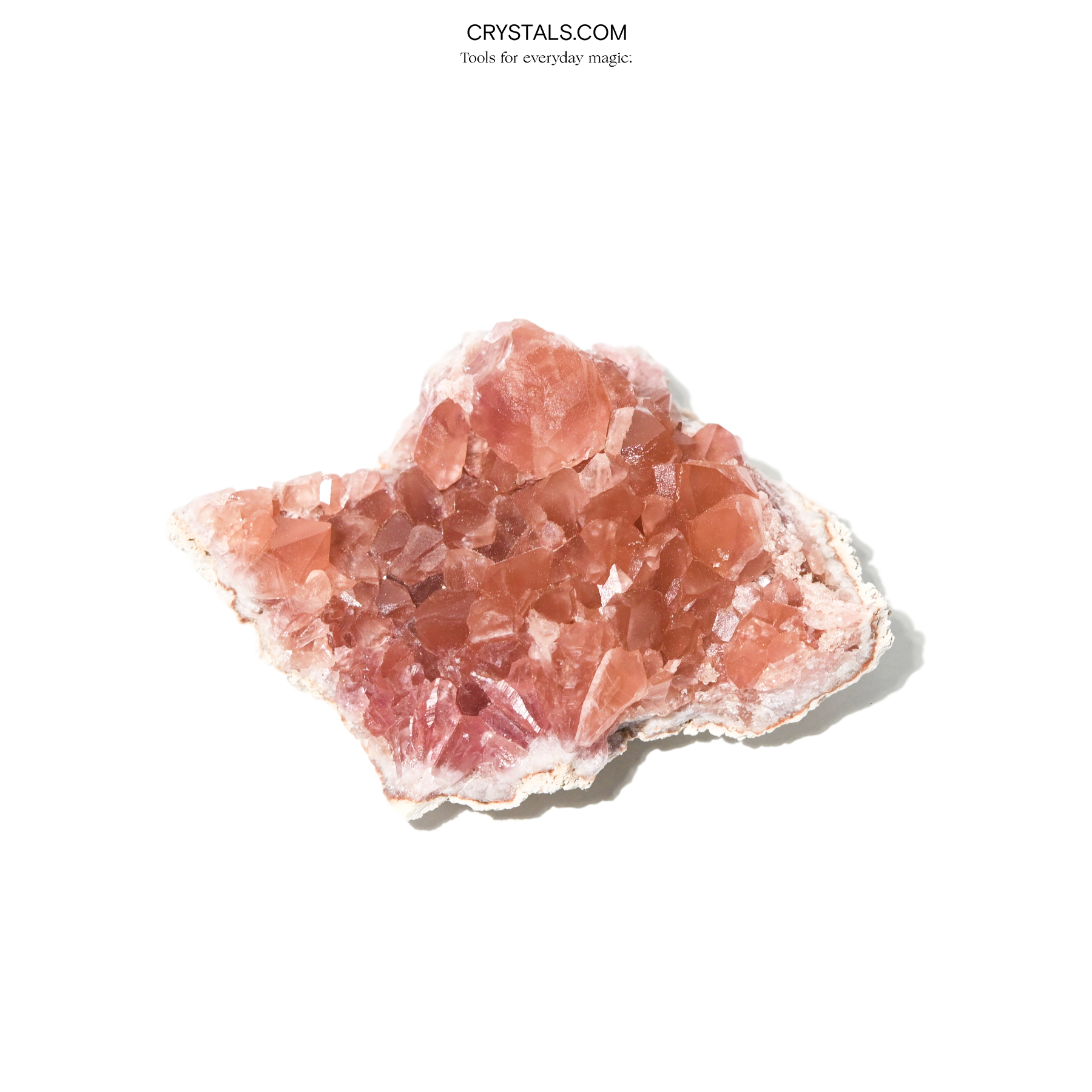How to Tell if a Crystal is Real
Crystals are generous gifts from the earth, they vibrate with healing energies that can be partnered with on your spiritual journey. Getting your own healing crystal collection together can be an amazing experience, however, you can also come across fake crystals along the way. Here are some tips and tricks for understanding how to tell the difference so you can make knowledgeable decisions on which crystals to use on your path.
5 Ways to know if a crystal is fake
In order to tell if a crystal is real, let’s start by learning what to look out for if a crystal is a fake. This will help illuminate some common ways people have been led astray when shopping for crystals.
While heat-treated and dyed crystals and artfully made glass and plastic stones can be beautiful, you still want to be aware of what you are getting. Genuine stones will carry a different vibration than fake ones. Learning to spot the difference can be an important step in tuning into the frequencies of your crystal allies.
Here are five things to look out for:
- Symmetry, bubbles, and artificially vivid colors

A real crystal takes many many years to form. As they are held within the earth they take on the factors present during their formation; effects of the air, pressure, temperature, and so on. For this reason, real crystals are generally not uniform and will have a variety of shapes, blemishes, unique edges, and coloration.
Fakes can look like they were made by a machine, a little too perfect and symmetrical. They might contain air bubbles from molds or the glass making process. They won’t have the rich and varied layers that come with years of formation of a natural crystal.
Also, take note if the colors are unusually saturated in a perfectly uniform way as this can indicate that it is dyed glass or plastic or are genuine stones that have been altered by humans to mimic other natural crystals. Some real crystals that can be dyed or treated with heat to alter their color include howlite, amethyst, and quartz, which will be discussed in more detail near the end of the article.
- Pay attention to the material

Crystals that are fake will often be made of glass or plastic. Holding them can give you a good feel of whether or not the stone is made of these materials. Natural stones tend to be cool to the touch, heavier, and retain some of their coolness even after they are held, while plastic will warm up and glass will feel lighter in density.
But what if you are purchasing crystals online? This can be a bit trickier as you can’t hold and feel the crystal in the same way. However, you can inspect the photos that the seller is providing.
Look at the way the light passes through the crystal in images. A genuine crystal will be hit by the light in a more unique way than glass or plastic. Notice if the light emanates through the material in a way that is varied and layered as opposed to one note. You can also inspect for air bubbles and other markers of a fake as described above.
- Mohs Hardness Scale
The Mohs Hardness scale is a way to test a mineral's hardness by comparing it with other common materials–a diamond will be able to scratch glass. Fake gemstones will tend to be less hardy than natural gemstones, other than a few exceptions such as selenite which is a softer crystal. A fake gemstone won't be able to stand up to certain tests on the scale that a genuine gemstone of the same name would be able to.
- Sourcing and sellers
Another thing to look out for when shopping for stones is the seller. Do your research and ensure you are purchasing from a quality seller. Get a feel for their shop and look at the other items they are selling to get an idea of their products.
For example, if you know a gemstone is very rare or on the more expansive side and you see it being sold in bulk at a price that is too good to be true–then this seller could be trying to pass something off as genuine when it is a fake.
- Name of the stone
Sometimes sellers will use misleading names for their products, which could give a false impression that the crystal is real when in actuality it is fake or a different gemstone. For example, you might see a stone labeled Madeira topaz, leading you to believe you are getting a genuine topaz. In actuality, this stone is citrine, which is a type of quartz.
Another example is rubies. Some stones are labeled as ruby when they are in reality a red spinel, garnet, or even red glass. Imitation rubies are documented all the way back to Roman times.
The naming of stones can be complex and vary depending on region and local culture. Therefore, just be aware that some stones will carry different names or even creative names, not necessarily on purpose to be misleading. If you are not sure about the name of a crystal, consider digging a little deeper to get more information.
Commonly heat treated or fake crystals
Here are some common heat-treated and fake crystals to look out for and how to know the difference between genuine and not.
A heat-treated clear quartz can often be found being sold as smokey quartz. Things to look out for is if the crystal is very dark gray to nearly black in color. Natural smoky quartz tends to be lighter with a tinge of a grayish/brown color to it.
Clear quartz is a frequently faked crystal, coming in glass and sometimes a material called polymer clay. They may be in the form of small round palm stones, crystal balls, and a variety of other shapes.
Most quartz has naturally occurring blemishes and occlusions of surrounding solvents that were a part of its formation, while air bubbles would indicate it is a fake. In addition, a genuine quartz might be set in other stone and rock settings. A fake will not have these elements.
Heat-treated amethyst turns yellow and is often sold as citrine, which can still be a fine way to work with this gemstone, however, it is nice to know the difference. Pay attention to the base of the crystal and coloring. A heat-treated amethyst to look like citrine will have a milky white base and tend to have a deeper more orangey-yellow color. A naturally occurring citrine will be a pale golden yellow gemstone without the milky white base.
Howlite is a white marbly-looking opaque gemstone, but when dyed with green and blue pigments it can imitate turquoise. To spot a fake, look out for a perfectly uniform coloration on smooth or rounded stones as well as being sold in large quantities for beading and jewelry making. Natural turquoise will have more color and shape variation and is generally not sold in large quantities because of its rarity.
Malachite
Malachite is another commonly faked gemstone. Real malachite has a very intricate black line pattern on it that is irregular over a saturated deep kelly green color. It is cold to the touch and tends to be very dense. You can spot fake malachite by noticing if the striped pattern is too uniform and perfect, it is really hard to imitate nature's handiwork!
Some Takeaways to keep in mind
You don’t have to be an expert to discern if a crystal is real or fake. Consider your own intuitive knowledge in the discernment process. Feel energetically into the crystal's properties, its healing gifts, and earthy power with your psychic, intuitive, or spirit senses. You will find that a combination of knowledge about the common physical characteristics of crystals combined with your instincts can be a good way to tell if a crystal is real or not.









